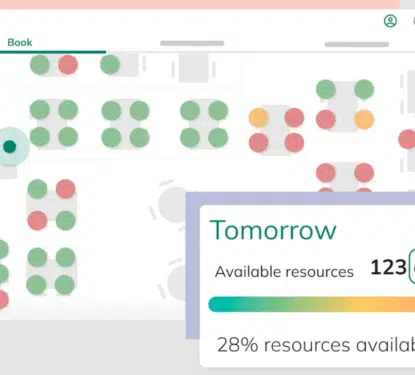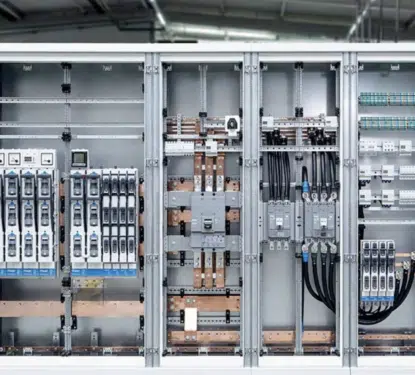Haystacks can be round or rectangular depending on local traditions or modern tools but always designed to store and protect hay (grass) from the elements in harsh farmland environments. The grass is collected, sorted and structured to ensure it is accessible when required. Haystack’s regular shapes contrast with the natural landscape – like beacons of order in a chaotic world of mud, machines, and manure. In the cleaner but equally chaotic world of the Building Internet of Things (BIoT), buildings flooded with sensors create cascades of information flowing towards big data analytics engines. If unsorted or badly sorted, it accumulates into a thick data mud, which makes it slow and complex for systems to find the insights they are looking for. However, an open source initiative named Project Haystack is streamlining the process of working with data from the IoT. “Macro trends in technology are making it increasingly cost-effective to instrument and collect data about […]
Most Popular Articles

Hubstar Acquires Spica Technologies: 4th Strategic Deal Revealed
This Research Note explores the acquisition of UK-based Spica Technologies Ltd (formerly owned by Nordomatic) by Hubstar Group Ltd, announced on 9th October 2025. We examine the Spica Technologies software offering before highlighting Hubstar’s strategy with 4 acquisitions to date and concluding with our view of the transaction. Spica Technologies Profile Spica Technologies is a […]

A SEA of Energy Efficiency Opportunities in 2025!
Southeast Asia stands at a critical juncture in its energy journey. With electricity demand surging by over 60% in the past decade and projected to more than double by 2050, the region presents both a formidable challenge and an extraordinary opportunity for energy efficiency solutions. Our new report is a collaboration with Singapore-based Ampotech and […]

Hager Group’s Energy Management Software Expansion: 15 Years of Acquisitions Analyzed
This Research Note examines Hager Group, the German supplier of electrical distribution products for residential applications, which has extended its business focus to commercial buildings. We comment on its recent inorganic growth strategy in energy management software and services, before analyzing the impact of their acquisitions since 2010. Hager Group Profile Hager Group is a […]
